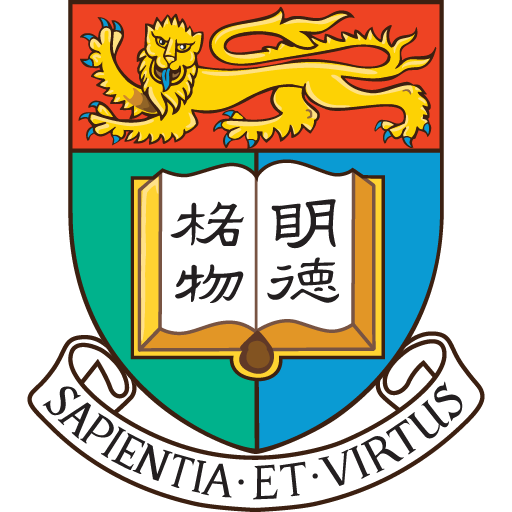To explain the concepts and key features of COIL, we showcase some recent HKU’s COIL courses and summarise their key takeaways.
Recent HKU’s COIL Courses
International and Comparative Study of Student Well-Being across Hong Kong and Australia
(Semester 1, 2022/2023)
(Semester 1, 2022/2023)
Global Consultants: Policymaking For Social Impact
(Semester 2, 2021/2022)
(Semester 2, 2021/2022)
Spanish for Business & Intercultural Communication
(Semester 1, 2022/2023)
English Language Teaching Methodology
(Semester 1, 2023/2024)
(Semester 1, 2023/2024)
Global Interprofessional Education Programme – IPE Dementia Simulation
(Semester 1, 2024/2025)
(Semester 1, 2024/2025)
Special Topics in Eco-criticism
(Summer Semester, 2022/2023)
(Summer Semester, 2022/2023)
Key Takeaways
Importance of Icebreaking and Team Building
As COIL courses require students to collaborate with peers of partner institutions, you may wish to include some icebreaking or teambuilding exercises at the beginning of the course so that students can familiarise themselves with each other. If resources allow, you may also consider having an additional mentor to help adjust the atmosphere and facilitate better discussion in inactive groups.
Explore New Assessment Methods
One of the key features of COIL is to embed digital technologies in learning. Instead of asking your students to present their collaborative work through traditional means (e.g., essays or oral presentations), you may consider exploring other assessment methods such as group videos or webpages.
Engage Students Through Multiple Technologies
Teachers of previous COIL courses have used a combination of digital platforms (e.g., Padlet, Mentimeter, Miro, etc.) to facilitate students’ learning. Click here to explore more digital tools for teaching. Teaching and Learning Innovation Centre also supports teachers by providing a Learning Lab designed with technical affordances to support hybrid teaching and learning.


